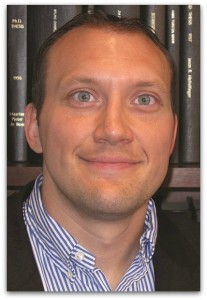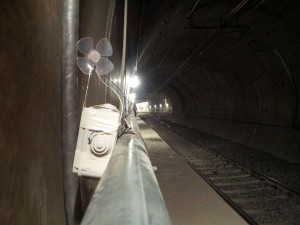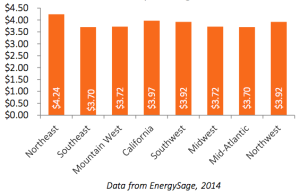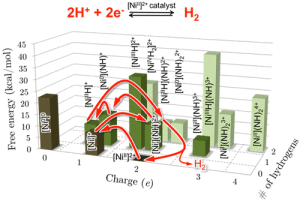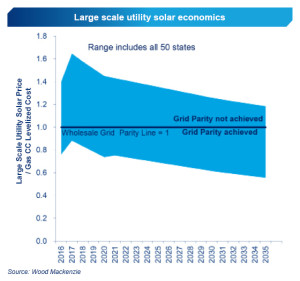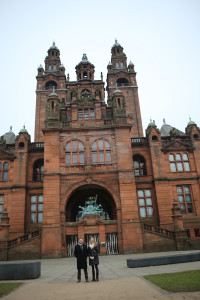
Dan Fatton, Director of Development and Membership Services and Christie Knef, ECS Director of Meetings outside Kelvingrove Museum.
Last weekend, I had the great opportunity to visit Glasgow, Scotland in the United Kingdom. Christie Knef, ECS Director of Meetings, and I were scoping out the location for our upcoming conference, the ECS Conference on Electrochemical Energy Conversion & Storage with SOFC-XIV.
The city is really beautiful, but also very compact and walkable. I’m excited that the conference location is extremely accessible, adjacent to the Exhibition Centre station. Even more exciting to me, there is a city bike system and in July, our delegates will be able to bike to the Scottish Exhibition and Conference Centre easily; there is a nice bike path along the River Clyde leading directly to the venue from a multitude of hotels, many of which will be offering discounted room rates for delegates. There are several other noteworthy attractions, including the Glasgow Science Centre, Kelvingrove Art Gallery and Museum, University of Strathclyde and University of Glasgow, as well as the exciting Center City of Glasgow. Here’s a less than 90 second video tour of the sites and people that make Glasgow.
Not only is Glasgow easy to get around, but it’s very simple to travel to Edinburgh by train. Of note, the 2015 British Open will be held the week before our conference, and the United Kingdom’s largest art festival will begin July 30. Even if attendees cannot extend their stay, it’s less than 45 minutes on ScotRail to visit another great city for one evening; be sure to check out the historic fortress, Edinburgh Castle, and Scotland’s first university, University of St. Andrews.
The deadline for abstracts is quickly approaching later this week – Friday, February 20! I encourage anyone considering attending the conference to submit your abstract now.
And don’t forget, there are still exhibit spaces left with plenty of opportunities for sponsorship.


